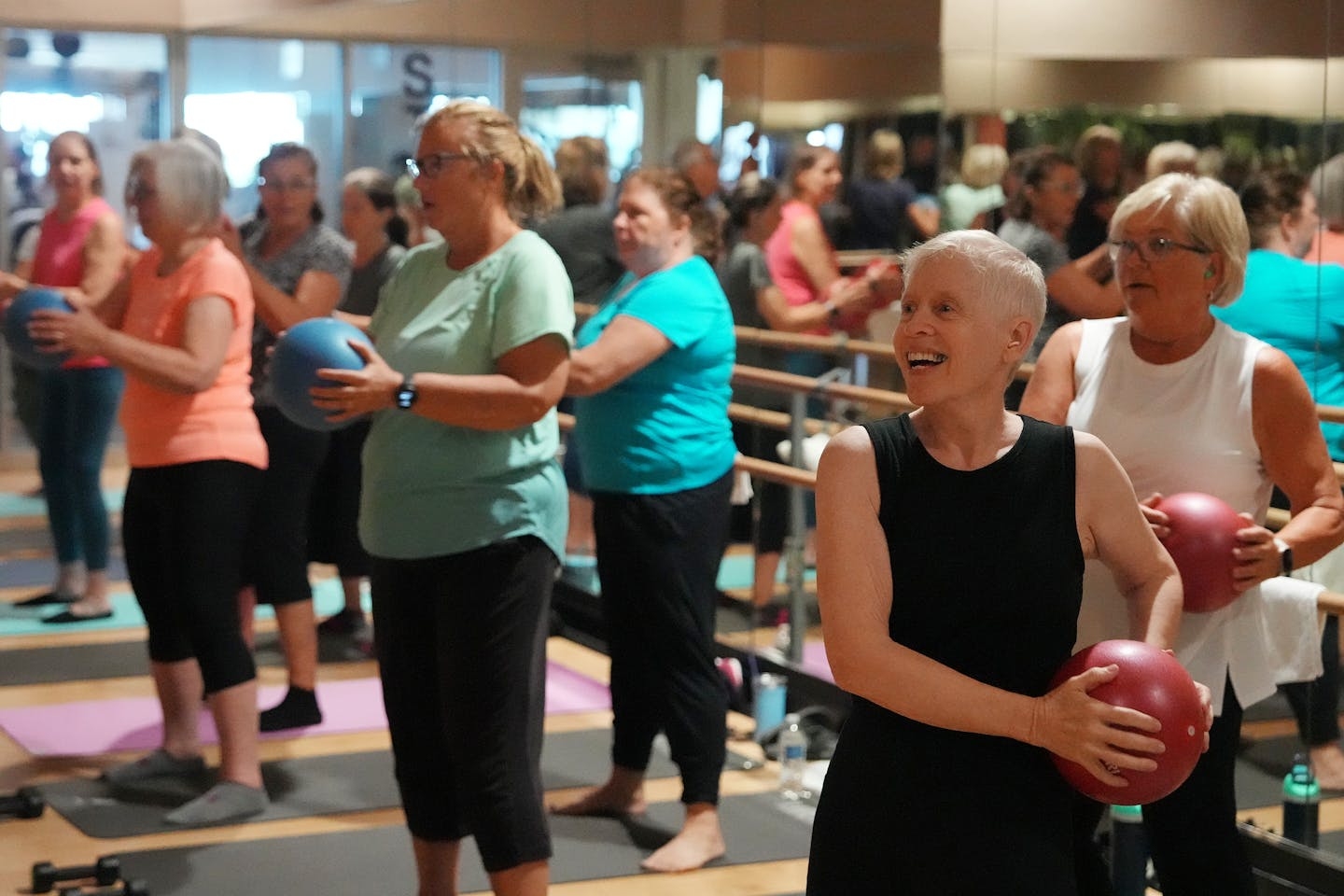New $55M U of M Institute Unlocks Secrets of Youthful Aging

The University of Minnesota Launches Institute for Healthy Aging
The University of Minnesota is making a significant investment to explore the mysteries of aging and why some individuals appear and feel younger or older than their actual age. This initiative, set to open next summer, includes the newly established Institute for Healthy Aging, which aims to develop strategies that help people achieve a biological age lower than their chronological age.
Dr. Tim Schacker, executive vice dean for the University of Minnesota Medical School, explained that biological age refers to the changes in bodily and cellular function over time, rather than just the number of years a person has lived. “You could be a healthy, active 70-year-old with a biological age of 55 or 60,” he said. “Alternatively, you might be 70 but have a biological age of 85. That’s the equation we want to change.”
The institute is being supported by nearly $55 million in philanthropic contributions and will include a clinic in St. Louis Park. It will serve as a hub for geriatric care in Minnesota, where the population of elderly residents is rapidly growing. By the end of this decade, the number of seniors in the state is expected to reach 1.2 million.
“We want to step in at an earlier age with interventions that allow people to age in a healthy way,” Schacker said. “The goal isn’t necessarily to delay death so people can live longer. Rather, it’s about living healthier and avoiding the comorbidities associated with aging.”
The institute will also focus on training the next generation of geriatricians, addressing a critical shortage of professionals in this field. Currently, there are only around 7,000 geriatricians in the U.S., far below the target of 25,000. Dr. James Pacala, head of the U’s family medicine department, emphasized the need for more training for doctors in other specialties to better manage the elderly population.
Minnesota Masonic Charities is one of the key contributors to the institute, funding the Masonic Institute on the Biology of Aging and Metabolism. This research arm will support the new aging center and also sponsor the U’s cancer center and pediatric hospital. John Schwietz, CEO of the nonprofit, stated that the mission has always been to help people stay biologically younger than their years, thereby extending both life and its quality.
Despite challenges, such as reduced federal support for scientific research under previous administrations, the university remains confident in the potential of the institute. Pacala envisions a future where biological age is represented by a line that gradually slants downward, leading to age-related conditions. The ideal scenario, he said, is a straighter line that doesn’t drop until the end of life—a "holy grail" if anti-aging treatments can achieve this.
Research into aging involves understanding the role of genetics, environment, diet, exercise, and medicine. Studies have shown that genetics account for 10% to 25% of variation in aging rates, leaving room for other factors to play a significant role. U researchers have explored existing therapeutics like metformin and tested new drugs called senolytics, which may help remove senescent cells that contribute to aging.
The clinic at the new institute will enable researchers to move beyond animal studies and conduct clinical trials with patients. “Can we actually target aging itself?” asked Paul Robbins, associate director of the Masonic aging institute. “If you were an aging mouse, we could keep you healthier for longer.”
A 2022 AARP survey found that 80% of adults would consider taking a pill to extend their lives by 10 years. However, many seniors prioritize health over longevity. Judy Squires, a 77-year-old from Farmington, participates in a fitness program designed for older adults, emphasizing the importance of maintaining strength, balance, and cognition.
Another couple, Reid and Jan Ingham, both 70, highlighted the importance of staying active to avoid the decline in quality of life that often comes with aging. Their motivation stems from personal experiences working with older adults.
Dr. Francisco Lopez-Jimenez, a preventive cardiologist at Mayo Clinic, warned against the proliferation of unproven anti-aging supplements. “It’s prime ground for snake oil and selling secrets for eternal youth with very little scientific foundation,” he said.
A key area of research involves identifying biomarkers of biological aging, such as senescent cells, proteins in blood, and telomere length. U researchers hope to discover a combination of biomarkers that can assess biological aging across different races and ethnicities. While existing epigenetic clocks offer some insights, they are not yet reliable enough for consistent results.
As the Institute for Healthy Aging moves forward, it represents a bold step toward understanding and improving the aging process, with the ultimate goal of helping people live longer, healthier lives.